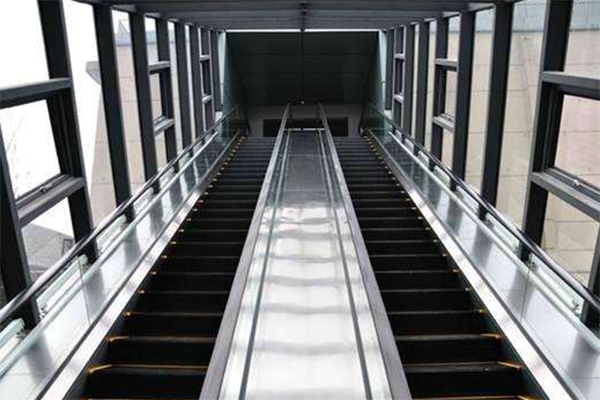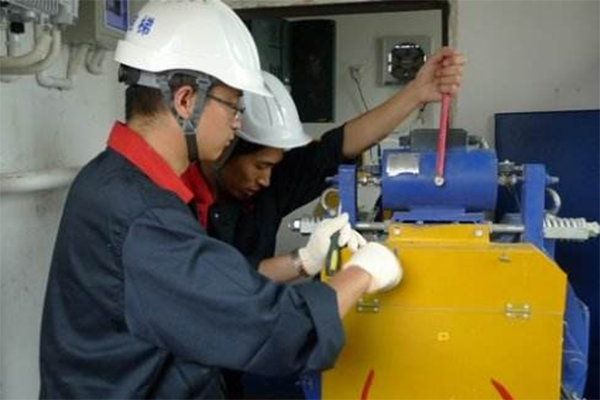Elevator Internet of Things Pilot Project Launched
"At present, the number of elevators in use in Changzhou has exceeded 50,000, growing at a rate of more than 10% per year, but there are relatively few professional maintenance personnel. One maintenance personnel is responsible for at least 50 elevators per month, and the overload of maintenance personnel is widespread." Zhou Changxin, general manager of Changzhou Special Equipment Industrial Park, introduced that the pressure of elevator safety supervision is increasing, and advanced technology is urgently needed to improve the safety performance and management level of special equipment.
On March 1 this year, Changzhou Elevator Safety Management Regulations were formally implemented. Construction units were encouraged to give priority to the selection of elevators with monitoring functions. Elevator emergency disposal service platform was required. Therefore, Changzhou Elevator Internet of Things safe operation pilot project was launched in time.
It is understood that the elevator Internet of Things is a concept proposed to solve the current elevator safety problems. Data acquisition, data transmission, central processing and application software constitute a complete elevator Internet of Things monitoring system. The collector collects elevator operation data and uploads it to the Internet monitoring center. Combined with platform application software, it realizes real-time and effective supervision and maintenance of elevators by relevant units.

Effectively Solve the Pain Point of Elevator Maintenance
Wang Jianxin, chairman of Changzhou Special Equipment Industrial Park, introduced that although the elevators are being maintained by professional teams employed by property companies, the property itself lacks professionals, unable to effectively supervise and maintain the quality, and the safe operation of elevators is not effectively guaranteed. When passengers are trapped in elevators, they usually notify the maintenance company of the property after they seek help, and the maintenance company notifies the maintenance personnel again. The traditional emergency rescue usually takes an hour or more. The quality of elevator maintenance is difficult to guarantee, and the rescue efficiency is low after the accident, which is a common "pain point" in the current elevator maintenance industry.
After the safety operation project of the elevator Internet of Things starts, the "pain point" problem can be solved. The elevator property company can use the system to evaluate the maintenance work of the maintenance company, and use data to judge the quality of maintenance, so as to reduce the occurrence of elevator accidents. In the event of a trapped elevator accident, maintenance companies can also use the system to arrive at the scene in time to troubleshoot.
"Elevator maintenance is more standardized. Workers have to swipe their cards at the beginning and end of maintenance. They can effectively supervise maintenance work. When elevator maintenance is needed, the system will warn and prompt one month in advance. The elevator is equipped with a key alarm, and the monitoring center dispatches professionals nearby. Wang Jianxin said.
Phase I plan to install more than 2000 units
In 2018, we will comprehensively promote the first phase of the construction of the Elevator Internet of Things in Zhonglou District, with more than 2,000 units planned to be installed. From the end of March, we will take the lead in implementing the Qingfeng Mansion and Jindi Holiday District. We will gradually complete the installation plan of 200 units per month. Meanwhile, we will select some key public places in Wujin District, Xinbei District and Tianning District. The district carries out pilot promotion.
It is understood that the information collection terminal of the elevator Internet of Things is mainly installed in public places with high risk, high failure rate and dense personnel, such as shopping malls, hotels, hospitals, schools, stations, wharfs, office buildings, administrative organs and residential quarters, to ensure the safety of elevator use in public areas. The first phase of the project provides a strong guarantee for the selection of the optimal operation mode for the urban construction of the elevator Internet of Things project.
After the completion of the first phase of the project, the Elevator Internet of Things project will continue to be implemented in accordance with the requirements of the Changzhou Municipal Government and relevant elevator management departments. The relevant coverage and implementation progress of the system will be specifically agreed by both sides to achieve city-wide coverage within three years.


